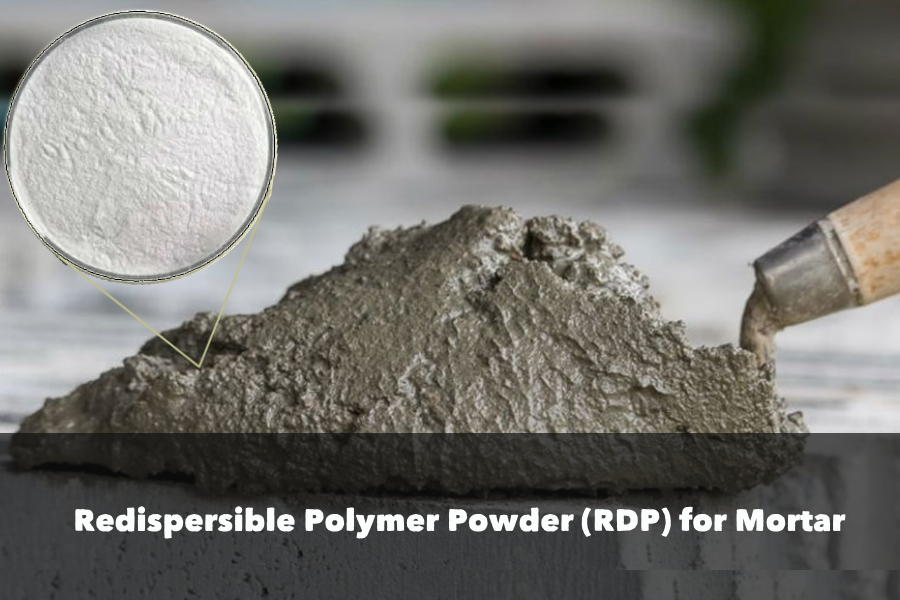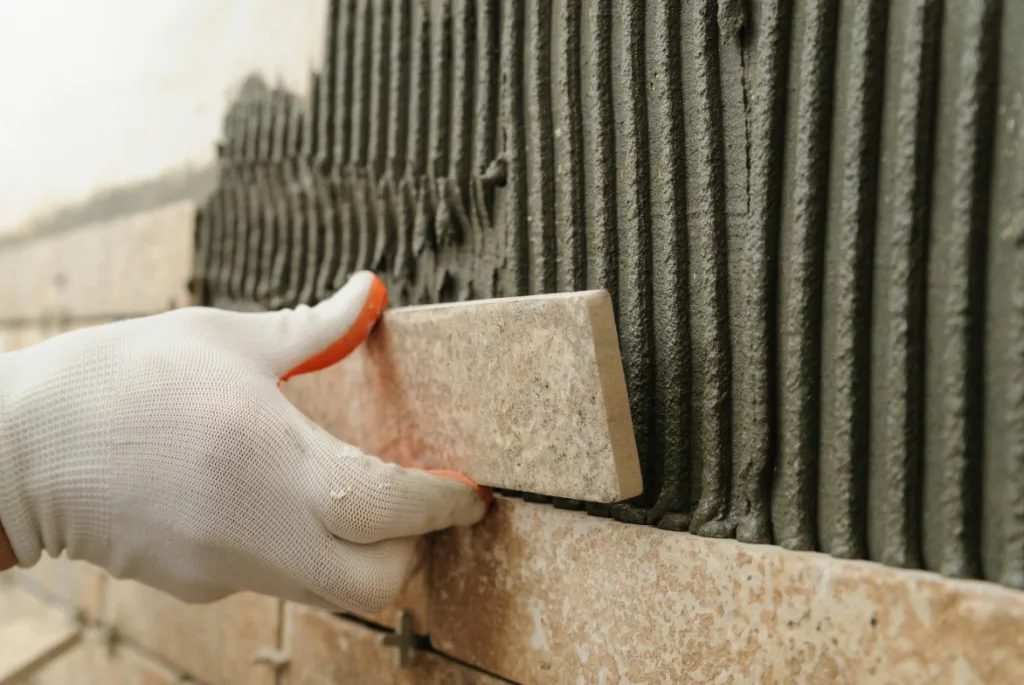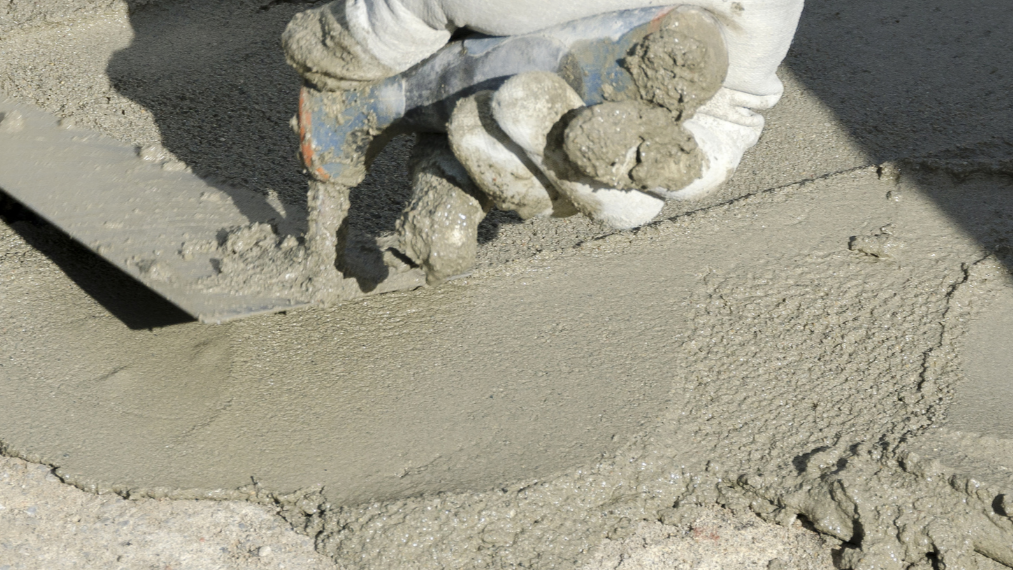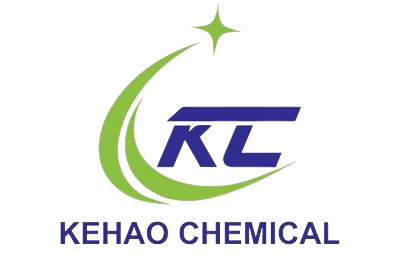When mortar dries too quickly or becomes hard to apply, it creates real problems on construction sites. Contractors face wasted materials, poor adhesion, and unsatisfied clients.
Redispersible Polymer Powder (RDP) improves mortar by increasing workability and water retention. It makes the mix smoother, easier to apply, and keeps water in the system long enough for full hydration.

RDP in mortar
RDP is not just another additive. It is a proven material trusted worldwide in construction chemicals. When I speak with clients, they always highlight how it saves time and reduces job site complaints. Let’s look at why it matters.
How RDP Improves the Workability of Cement-Based Mortars?
Contractors often deal with mixes that are hard to spread or drag on the trowel. This makes application slow and uneven.
RDP improves mortar workability by making it smoother to mix, easier to spread, and less likely to stick to tools. It also extends open time, allowing workers more flexibility.

rdp improves workability
When I first visited a large project site in Southeast Asia, I saw workers fighting with mortar that dried too fast and stuck to every tool. After they switched to a mix with RDP, the difference was clear. The mix became creamy and easy to spread. No more wasted energy scraping mortar off the trowel.
Breaking it down further:
1. Easy mixing
RDP particles redisperse quickly in water, forming a uniform emulsion. This helps cement particles coat evenly, giving a smoother paste.
2. Extended open time
Cement mortars without RDP often set too fast under heat. RDP helps slow down drying, giving workers more time to adjust tiles or bricks.
3. Reduced trowel drag
Mortar with RDP has a lubricating effect. Tools move freely without pulling material off the wall, reducing strain and mistakes.
| Property | Without RDP | With RDP |
|---|---|---|
| Mixing | Lumpy, uneven | Smooth, uniform |
| Open Time | Short, dries too fast | Extended, more workable |
| Trowel Handling | Sticky, high resistance | Smooth, less tool adhesion |
| Application Speed | Slow, labor-intensive | Faster, easier for workers |
By improving workability, RDP lowers labor costs and makes construction more efficient. You can read more about industry research on RDP performance from ScienceDirect.
Why Water Retention Is Critical in Mortar Applications?
Drying too fast causes cracks, poor bonding, and weak strength. It frustrates both workers and clients.
Water retention ensures cement has enough moisture for hydration, prevents dry shrinkage cracks, and improves bonding strength between mortar and substrate.

water retention in mortar
On one project in Africa, I saw brick walls showing surface cracks only a week after finishing. The reason was poor water retention in the mortar. The mix dried out before hydration was complete. After switching to a mix with RDP, the cracks stopped appearing.
Why it matters:
1. Cement hydration
Cement requires water to hydrate and develop strength. If water evaporates too quickly, cement crystals do not form completely.
2. Crack prevention
Rapid drying leads to shrinkage cracks. RDP helps hold water inside the mix, lowering the risk of visible cracks.
3. Bond strength
With better water retention, mortar sticks firmly to tiles, bricks, or concrete, reducing failures.
| Risk Factor | Without Good Retention | With High Retention (RDP) |
|---|---|---|
| Cement Hydration | Incomplete, weak structure | Full hydration, strong bonds |
| Shrinkage Cracks | Frequent, visible | Rare, controlled |
| Long-Term Strength | Reduced durability | Improved structural integrity |
| Adhesion | Weak, tiles may fall off | Strong, reliable bonding |
For technical references, see the Portland Cement Association explaining hydration and moisture needs.
How Redispersible Polymer Powder Enhances Both Properties Simultaneously?
Contractors need solutions that make mortar easier to work with and stronger after curing. RDP addresses both problems in one material.
RDP enhances both workability and water retention by forming a flexible polymer film within the cement matrix. This improves application performance and ensures long-term durability.
I remember visiting a tile adhesive plant where we tested batches with and without RDP. The ones with RDP showed creamy consistency and stayed moist longer. After curing, they had excellent adhesion and flexibility. Clients were amazed at the difference.
How it works:
1. Polymer film formation
When water evaporates, RDP particles coalesce into a flexible film, binding cement particles together.
2. Better water balance
The film slows water evaporation, keeping the mix moist during hydration.
3. Practical job site benefits
Workers save time. Tiles stay in place. Mortar remains strong and durable.
| Benefit Area | Job Site Impact | Long-Term Result |
|---|---|---|
| Workability | Easy mixing, smooth trowel | Less labor, faster progress |
| Water Retention | Slower drying, fewer cracks | Stronger cement hydration |
| Durability | Flexible, cohesive mortar | Long-lasting performance |
| Customer Satisfaction | Fewer failures | Better reputation, fewer claims |
To learn more about polymer modification of mortars, see SpringerLink for scientific publications.
Conclusion
RDP makes mortar easier to apply and keeps water inside the mix long enough for full hydration. The result is smoother work, fewer cracks, and stronger performance.



